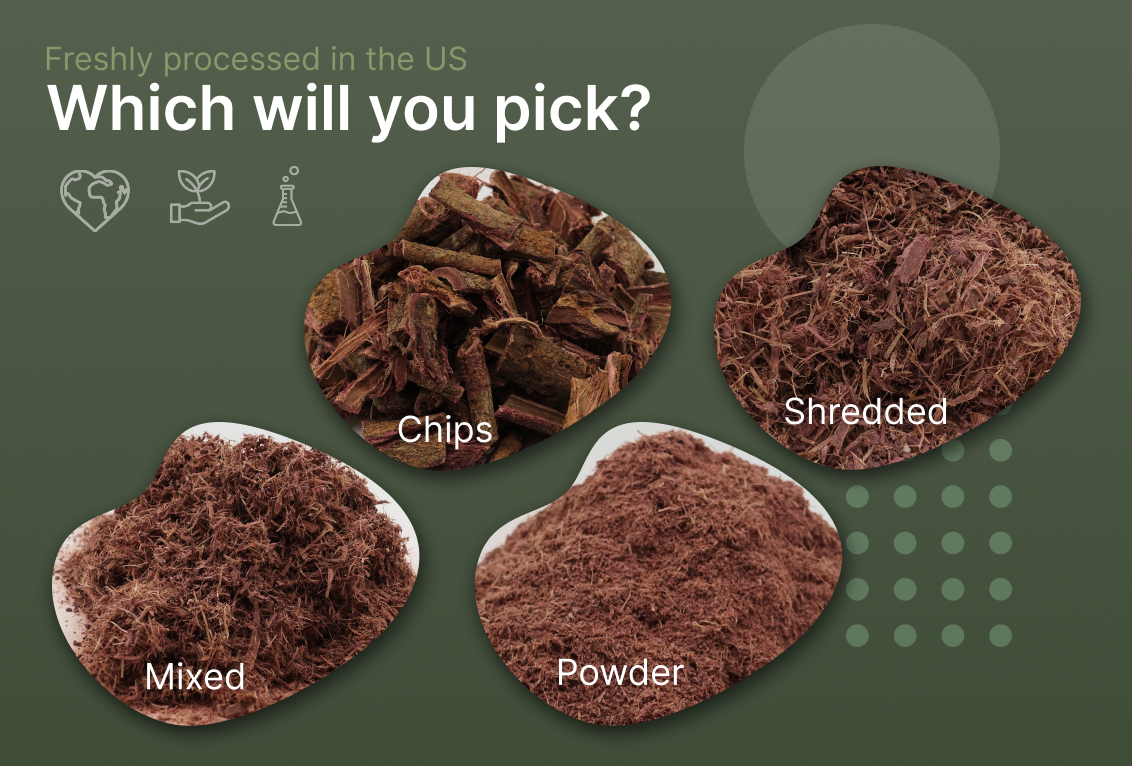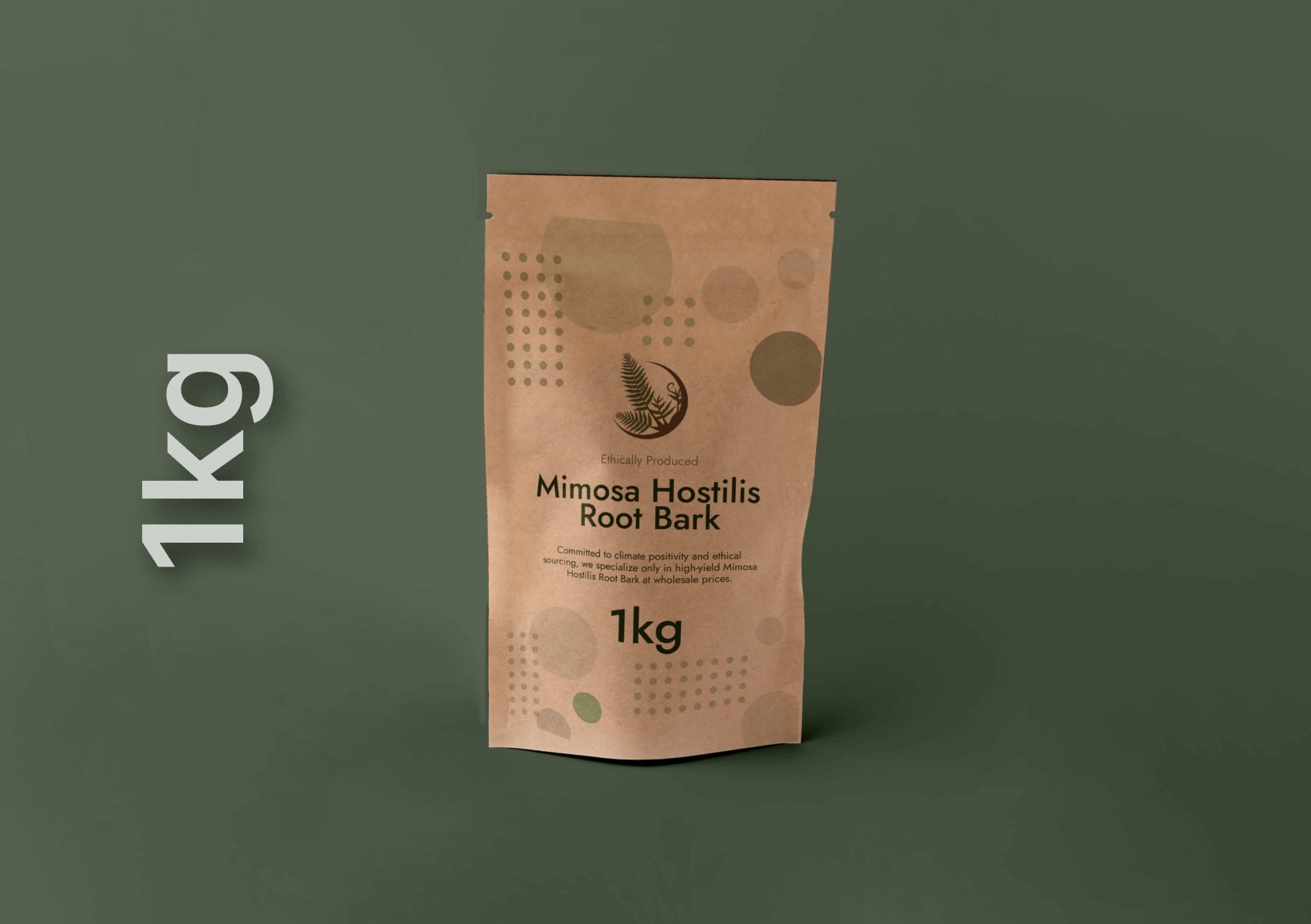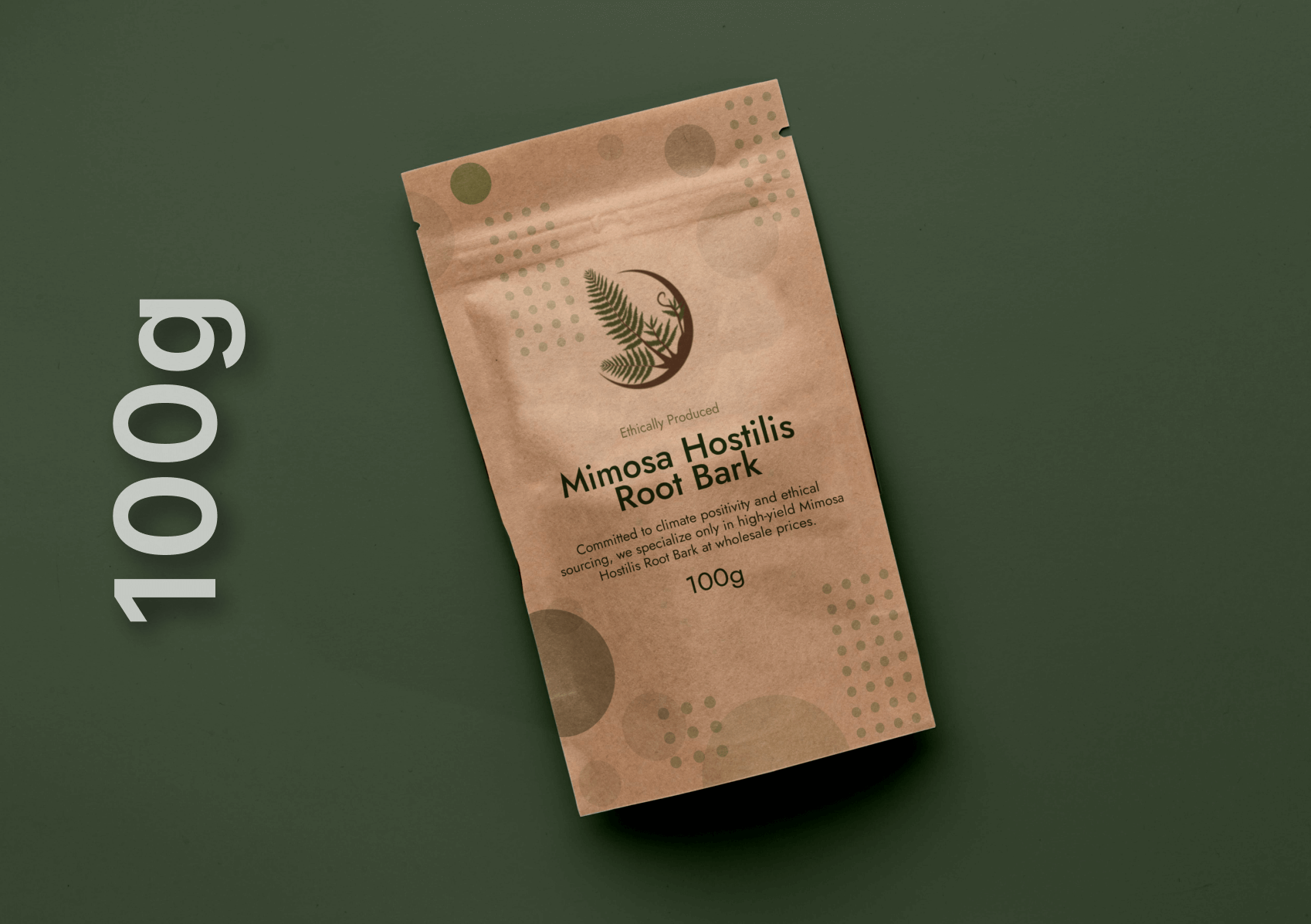Mimosa Hostilis and Mimosa Pudica are two plants from the same genus, Mimosa, but they have distinct characteristics, uses, and properties. While they might sound similar due to their botanical names, their applications and effects are quite different. This article will delve into the key differences between Mimosa Hostilis and Mimosa Pudica, exploring their botanical features, uses, and cultural significance.
Botanical Overview
Mimosa Hostilis (Mimosa tenuiflora):
• Origin: Native to the northeastern region of Brazil and parts of Mexico.
• Appearance: A perennial shrub or tree that can grow up to 8 meters tall, with fern-like leaves and white flowers. Its root bark is known for its dark brown color and is commonly used in powdered form.
• Properties: Mimosa Hostilis is renowned for its rich content of tannins, which contribute to its various uses in traditional medicine, dye-making, and cosmetics.
Mimosa Pudica:
• Origin: Native to Central and South America but now found in tropical and subtropical regions worldwide.
• Appearance: A creeping annual or perennial herb with fern-like leaves. It is most famous for its rapid leaf movements in response to touch or other stimuli.
• Properties: Mimosa Pudica contains alkaloids, flavonoids, and tannins. It’s commonly known for its sensitivity to touch, often referred to as the “sensitive plant” or “touch-me-not.”
Uses and Applications
Mimosa Hostilis:
1. Traditional Medicine: Used for its wound-healing properties, Mimosa Hostilis has been applied in traditional medicine to treat skin ailments, burns, and other injuries. Its high tannin content makes it an effective astringent.
2. Dye Making: The powdered root bark of Mimosa Hostilis is a popular natural dye in textile production. It produces a range of colors, from deep purples to earthy browns, depending on the mordant used in the dyeing process.
3. Cosmetics: The extract of Mimosa Hostilis root bark is used in natural skincare products for its regenerative properties, helping to rejuvenate and nourish the skin.
Mimosa Pudica:
1. Medicinal Uses: Traditionally, Mimosa Pudica has been used for its potential anti-inflammatory, antibacterial, and analgesic properties. It has been applied in remedies for gastrointestinal issues, wounds, and pain relief.
2. Ornamental Plant: Due to its unique response to touch, Mimosa Pudica is often grown as an ornamental plant. It serves as a fascinating addition to gardens and is used in educational settings to demonstrate plant responses to stimuli.
3. Soil Improvement: Mimosa Pudica has been used in some regions for soil improvement due to its nitrogen-fixing capabilities, which can enhance soil fertility.
Cultural and Symbolic Significance
Mimosa Hostilis:
• Cultural Significance: In indigenous cultures, Mimosa Hostilis has been revered for its healing properties. It has played a role in traditional rituals and medicine, particularly in South American and Mexican communities.
• Spiritual Uses: Some cultures have used Mimosa Hostilis in spiritual practices and ceremonies, appreciating its potential psychoactive effects.
Mimosa Pudica:
• Cultural Significance: Mimosa Pudica is often associated with concepts of sensitivity and humility. In various cultures, it symbolizes shyness or modesty due to its reactive nature when touched.
• Educational Use: Its unique response to stimuli makes Mimosa Pudica a popular plant for educational purposes, teaching students about plant biology and behavior.
Key Differences Summarized
1. Primary Use: Mimosa Hostilis is widely used for its medicinal, cosmetic, and dye-making properties, while Mimosa Pudica is primarily known for its medicinal uses and as an ornamental plant.
2. Physical Characteristics: Mimosa Hostilis is a tree or shrub with a woody bark, whereas Mimosa Pudica is a creeping herb with sensitive leaves.
3. Cultural Role: Mimosa Hostilis has a strong cultural and spiritual presence in South American traditions, while Mimosa Pudica is more commonly associated with its unique touch response.
Conclusion
While Mimosa Hostilis and Mimosa Pudica belong to the same genus and share some common properties, they serve different purposes and have unique characteristics. Mimosa Hostilis stands out for its medicinal and cosmetic applications, particularly in skincare and dye-making, while Mimosa Pudica is known for its medicinal potential and fascinating touch-sensitive behavior. Understanding these differences can help you choose the right plant for your needs, whether for therapeutic, educational, or ornamental purposes.




